What Are Micro-Inverters, and Do I Need One?
Whether you need micro-inverters or string inverters in your solar system, and which of those would be the best choice, has to be considered...
3 min read
![]() Solar Trust Centre Team
:
Dec 2, 2021 8:00:00 PM
Solar Trust Centre Team
:
Dec 2, 2021 8:00:00 PM
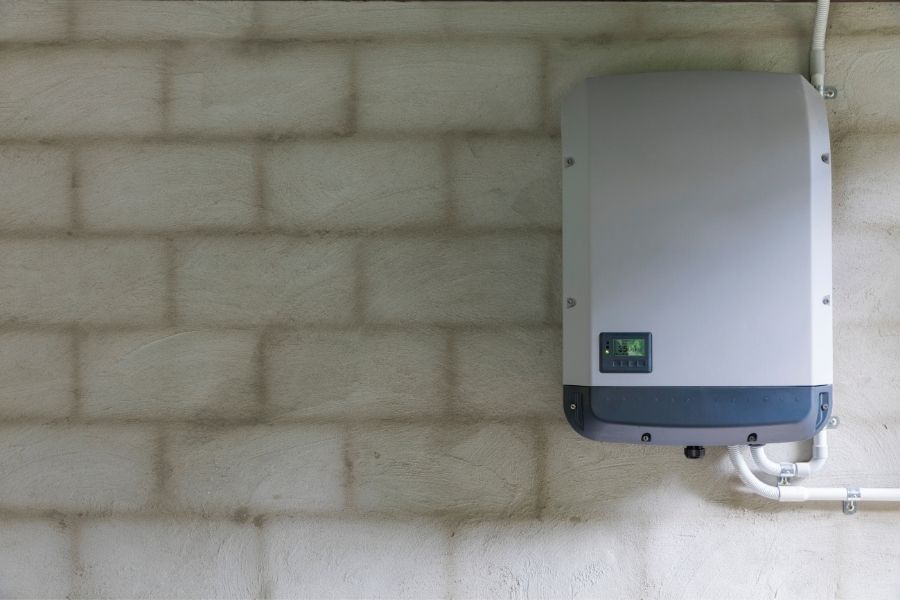
Solar technology is always advancing. In the space of just a decade – certainly, a long time to wait for the next weekly episode of your favourite streaming show but a blink of the eye in terms of history – solar power has decisively shifted from being seen as the ‘energy source of tomorrow’ in a distant future to one now in mass use today. This growth story is fantastic news for households that have cut their energy bills by acquiring a solar system, for the many new jobs it’s created, and for a cleaner and greener world it is helping build.
But if there’s a key challenge with this growth, it’s that it can be hard for solar owners and would-be solar owners to keep up with the rapid progress of solar technology, and the wide range of products available. A key example of this surrounds inverters, as there’s a variety of them currently in use across Australia. So let’s go through now the 3 main types of inverters out there, and how they operate in solar systems.
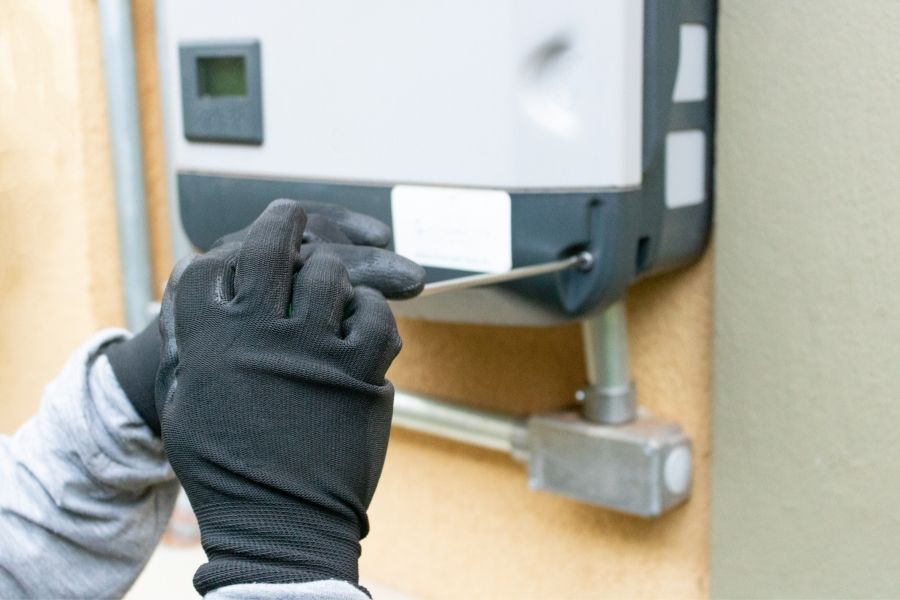
The string inverter is the most common type of inverter in use across Australia today. It has the appearance of a large box, and will typically be situated at some distance away from the solar panels. Via string inverters, DC current that the solar panels generate is converted into AC current for use in the household. A standard string inverter will only have the capacity to perform this task and not dispatch excess energy to a battery‚ but for those looking to have this option, there is a closely related product.
The hybrid inverter is similar to the string inverter, except it offers an additional functionality of being able to handle a battery, which can store energy generated when there’s an excess, and feed it into the household when there’s demand. This means for those households who either now or into the future feel they’d like a battery to feature in their solar system, looking to a hybrid inverter over a regular string inverter is necessary.
As the name implies a microinverter is tiny. It’s around the size of a small laptop or tablet and can remove the need for a string inverter. But a residential solar system usually won’t just have one microinverter, but many – a unit for each solar panel. This arrangement results in a very different process once solar energy is acquired. Instead of it flowing through to a string inverter, the DC to AC process never goes beyond the panels, as each microinverter does the conversion.
In addition to this offering an extra safety benefit in comparison to the string (and hybrid) inverter’s operation that sees electricity flow from all panels at once to the inverter, microinverters can also offer enhanced efficiency in energy generation. This is because when a panel fitted with a microinverter sees diminished performance – for example, due to dirt or another obstruction hindering its access to sunlight – it does not result in the other panels diminishing in performance too. With a string inverter system, this would occur.
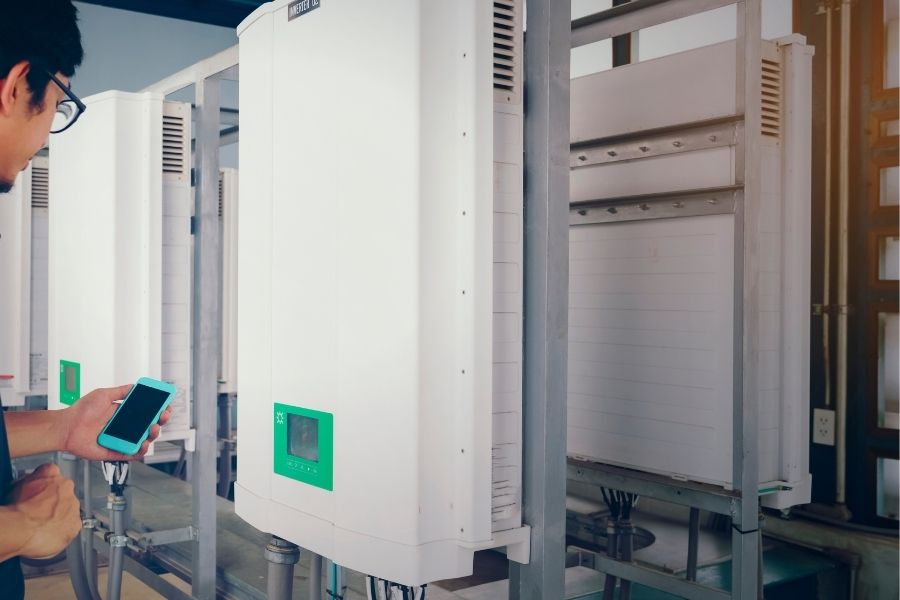
Central inverters function in a similar way to string inverters. The major differences between the two are found in other aspects. As opposed to a string inverter that’ll be mounted on a wall, a central inverter usually sits on the floor. In turn, as distinct from string inverters which are commonly found across small-scale solar installations, central inverters are typically seen in larger installations. Our readers seeking a routine residential solar installation are unlikely to come across much of a discussion surrounding central inverters when dealing with a solar installer, but they are certainly useful to know about given their utilisation in large solar projects near and far.
Power optimisers are also often included in any list discussing solar inverters. Technically they are not actually an inverter – but they can be combined with one. They help to increase the efficiency in the energy generated via a DC to DC transfer. The energy is then fed along from the power optimiser to the inverter, which converts the (now optimised) DC energy to AC for use in the household. In this regard, power optimisers bear a similarity to microinverters, but ultimately still operate within a system that utilises a string inverter.
In addition to the power optimiser often acquiring the inverter tag when it ultimately isn’t one, other goods exist that can hold the inverter title – but also perform very differently. A key example of this is the Victorian government’s smart inverters. Mandatory as part of any new installation in the southern state from 1 July 2019, the Victorian government says these smart inverters help to stabilise the flow of excess energy from a rooftop solar installation to the grid. This product is not an inverter in the traditional sense like the aforementioned types but is nonetheless certainly a notable one, and keeping a keen eye on the rollout of these devices in Victoria and further afield will be time well spent for any solar enthusiast.
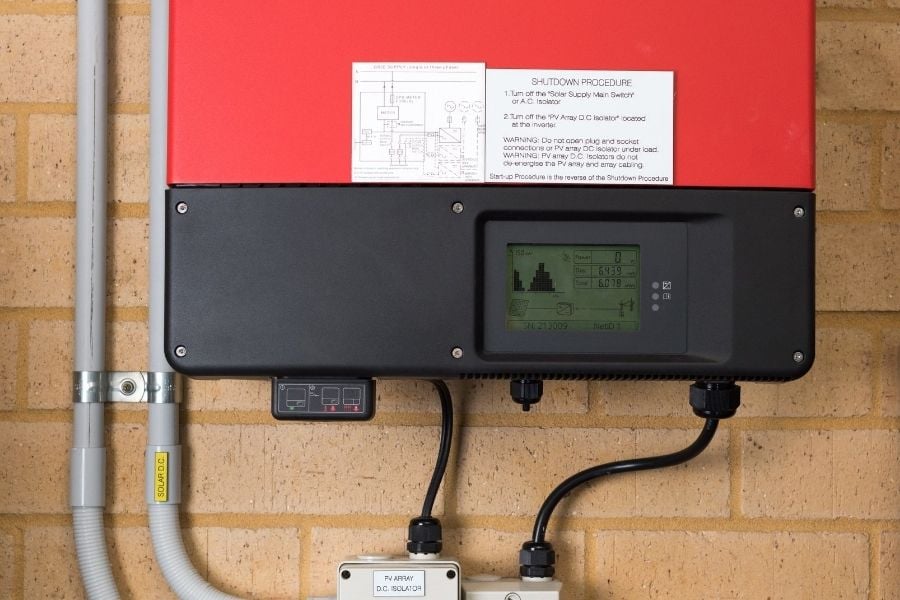
Building a good working knowledge of solar components can be very beneficial when considering what future upgrades may be desirable. Ultimately, a rooftop solar system installed by a quality solar installer utilising quality components is well-placed to perform well for many years to come. But just as solar technology is always progressing, so too can a solar household or would-be solar household maximise the benefits they’ll get from a solar system by always keeping an eye on what upgrades and alternatives may be available for a system. That’s why acquiring a solid understanding of the essential differences between solar inverters is always a wise move.
We highlight the latest, and most interesting solar industry news and stories. Check out our latest blog posts here.
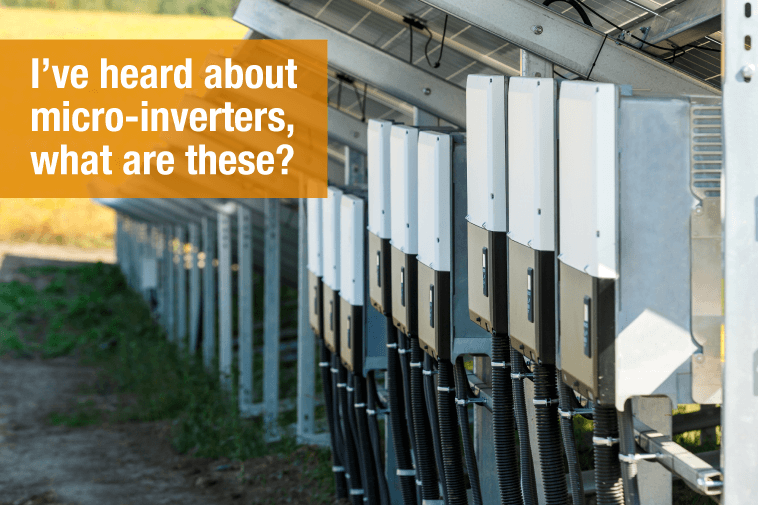
Whether you need micro-inverters or string inverters in your solar system, and which of those would be the best choice, has to be considered...
Have you ever wondered why some solar panels and solar inverters cost more than others? When studying the market one can find cheap 5 kW systems for...
Many people have questions and concerns about buying solar panel systems. Previously, Solar Trust Centre has covered the basics about buying solar...